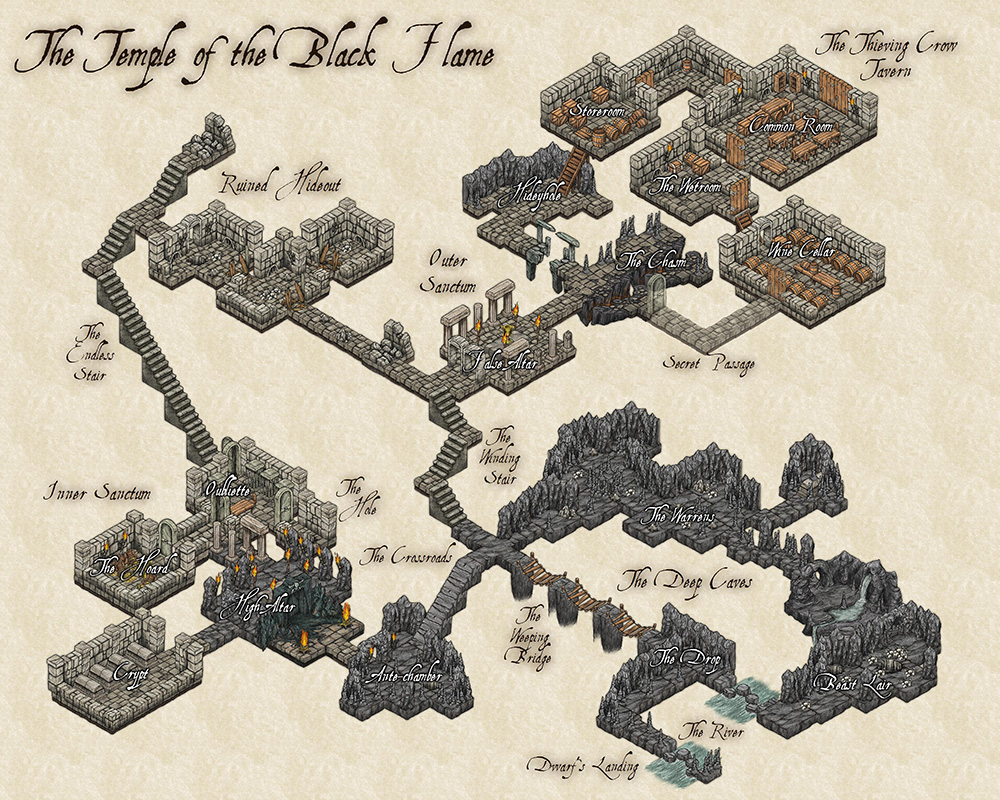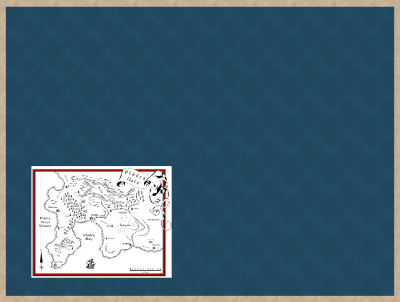

In this case, listing the projection with the scale is helpful. Keep in mind from the section on projections, however, that many maps distort area, so the sizes that you see on a map might not always be spatially accurate. For example, a map of the entire world does not typically have a scale bar on it, because everyone has a general understanding of how large the world is. There are times when the scale is so obvious that it is omitted from a map. The scale is often provided in a less prominent part of the map and is typically displayed with graphics or text. Providing the map audience with information about what scale you are using is important so they can have some understanding of relative size and distance. Almost all maps include a scale because maps are smaller than the reality being mapped. Source attribution can be as simple as a short text annotation near the bottom of the map, or it can include more detailed information. Sometimes, the mapmaker is highly regarded for accurate and unbiased use of data other times, he or she is known for having a political agenda that would raise doubts about data accuracy. Knowing who made the map can help the reader better gauge the accuracy and reliability of the data. Including the source makes it possible for the audience to explore the data further if necessary. These are also known more generally as credits. For transparency purposes, it is necessary to provide attribution to the source of the data- the place, company, person, or agency that made the data. Think back to the data chapter and recall how important it is to know where the mapping data come from and what sort of biases are inherent in the data. If your map of counties shows the number of bicycles per thousand people, then the legend should say so. Labeling the units in the legend is important so the audience can properly understand the data being mapped. Legends include both text and graphics, and they sometimes contain additional details such as the source of the data or the year the data were collected. It is important to include the symbols on the legend exactly as they appear on the map. The legend lists the symbols used and explains what is being mapped.

Map titles often include all or some of the following components: the subject of the map, the year, the spatial extent, the mapping resolution, and the data source. A good title should provide some detail about the map’s content without being too wordy or descriptive. The title is a short, descriptive text typically at or near the top of the map. Other elements are informative enough to be used almost always, including a title, scale, legend, and source information. Additional elements that make for a basic map are title, legend, credits, and scale. Key map elements include figure, ground, and frame. The more technical term neatline is also used. Maps often have a frame, a line drawn around the figure and ground, that acts as a picture frame does for a picture. In this case, it is the countries outside of the United States and the oceans. The figure is juxtaposed against the ground of the map, or in other words, the background. In the map below, the figure of the map is the continental United States. The thing or place being mapped is called the figure of the map. There are potentially dozens of map elements but we focus here on a few key ones. Maps are composed of a varying number of elements. Symbolization: cartographers have many tools to make data more memorable and convincing, and among these are symbolization basics including geometry and visual variables.īy the end of this chapter, you should understand the basic principles of design and symbolization, and tools you can use to make interesting, aesthetically pleasing, and effective maps.Design principles: there are many principles of good design, but we start with the two of hierarchy and balance, which make the difference between boring maps and maps that pop out at the reader.Basic map elements: key elements, such as a title or source, are found on most maps and understanding their purpose will give you a solid foundation for cartography.
#SCALE SYMBOL IN CAMPAIGN CARTOGRAPHER 3 TRIAL#
Map design requires patience, trial and error, and careful attention to detail. The concepts in this chapter are fairly basic to understand, yet they take years to put to good practice. It is up to the cartographer to make the data convincing by turning mundane information into artistic expressions. The difference between an ordinary map and one that is persuasive and interesting depends on how well the cartographer incorporates principles of good design and symbolization. “Design is so simple, that’s why it is so complicated.” Paul Rand, graphic designer


 0 kommentar(er)
0 kommentar(er)
